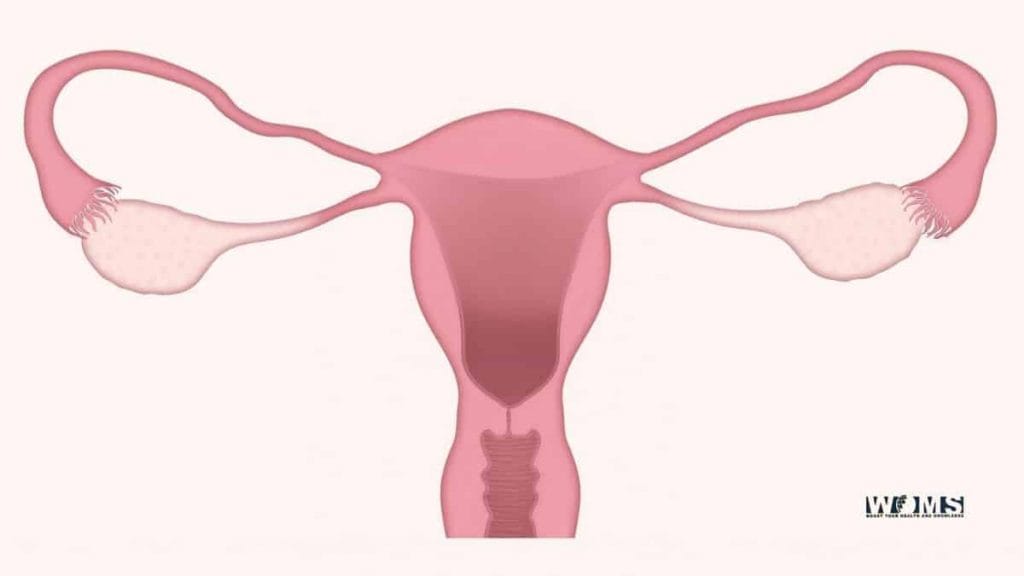Secondary Fertility

Fertility is the natural ability of a man or woman to produce offspring, but it’s not as simple as it sounds. For women, it refers to the ability to release healthy eggs and have a successful pregnancy.
A couple’s fertility is determined by both the male and the female partner. While the man’s sperm count is very important, a woman’s egg health and ovarian reserve are also just as vital when it comes to getting pregnant. To know whether you are fertile, it is important to understand your gynecology history and family background in addition to tracking your basal body temperature (BBT) and ovulation cycle.
If you’ve had trouble getting pregnant after having a child in the past, you may have secondary infertility. There are many reasons why a woman’s body may not be responding to the hormone levels required to ovulate. The most common reason is ovulation (the absence of ovulation). If you think you may still be able to get pregnant, talk with your doctor about ways to boost your secondary fertility.
Causes
If you’re experiencing issues with fertility, don’t worry. You are not alone. There are many causes of infertility that can be treated very simply, like malefactors. Malefactors are a common cause of male infertility. Male infertility is a common source of fertility problems in men. It may result from a low sperm count or abnormalities in sperm movement and function. Men can also be infertile for many other reasons. These problems may present themselves because of illness, injury, ongoing health issues, lifestyle choices, and other factors.
The uterus is the location in a woman’s body where a baby develops during pregnancy. Like many organs, it’s prone to disease and problems that can affect its ability to do its job. If you’re having trouble getting pregnant, your OB/GYN may recommend an ultrasound as part of your diagnosis.
Did you know that 10 – 30% of infertility cases are due to an abnormal uterus or fallopian tubes? Doctors may use surgery to treat conditions like fibroids, polyps, and endometriosis (aka adenomyosis) that cause injuries or obstructions in the uterus and fallopian tubes. These injuries or obstructions prevent conception from taking place. Uterus didelphys is another type of irregularity that prevents successful conception. Only half of the women who have this condition conceive successfully, as the fetus does not get enough oxygen during pregnancy.

Symptoms
Although having a baby may seem like a difficult task, it can become even tougher when secondary infertility is present. Secondary infertility, also known as repeat conception failure, is a form of infertility that occurs in women who have previously given birth.
It can be caused by a number of underlying conditions, including pelvic inflammatory disease, endometriosis, and polycystic ovarian syndrome. If you are experiencing secondary infertility, you may experience a range of other symptoms depending on your particular condition – based on what is causing your infertility.
If you’re a couple under age 35 who have had unprotected sex for at least 12 months (or six months if older than 35) without becoming pregnant, it’s time to talk to your doctor about fertility issues. This applies especially to women older than 30 who have experienced pelvic inflammatory disease, painful periods, irregular menstrual cycles, or miscarriages, and to men with low sperm counts.




